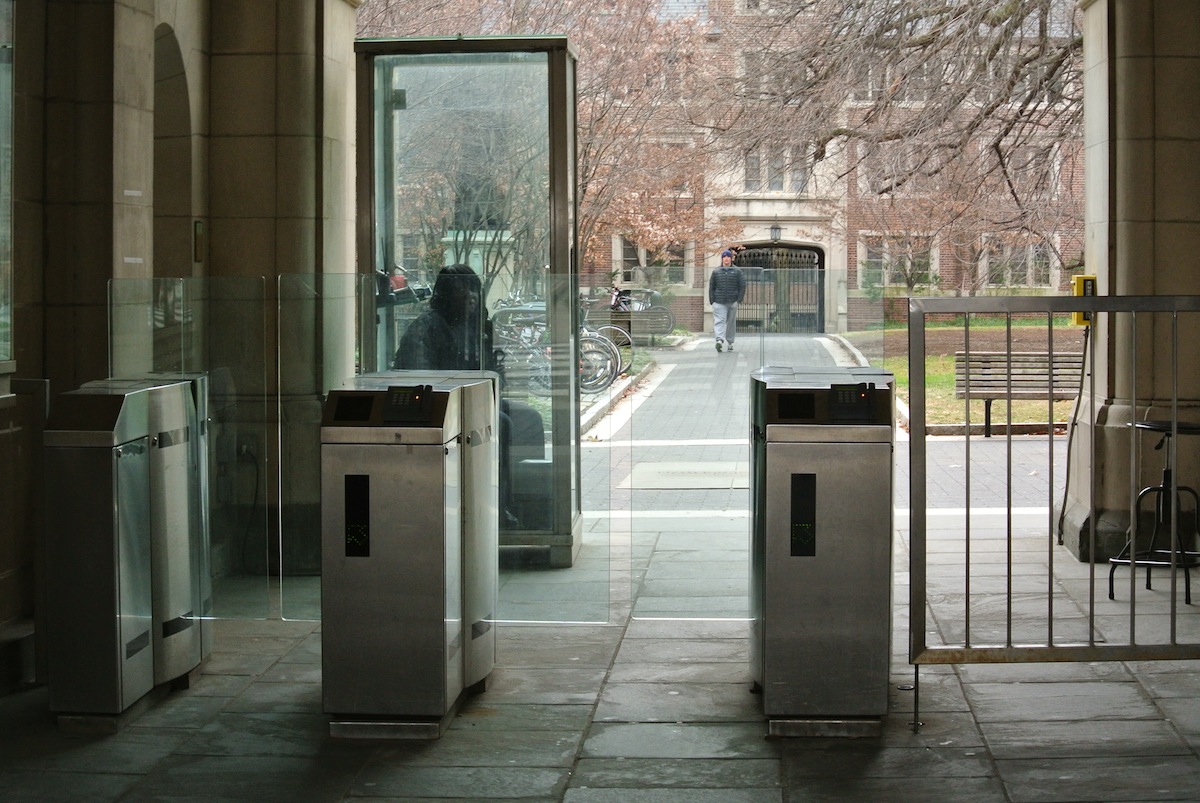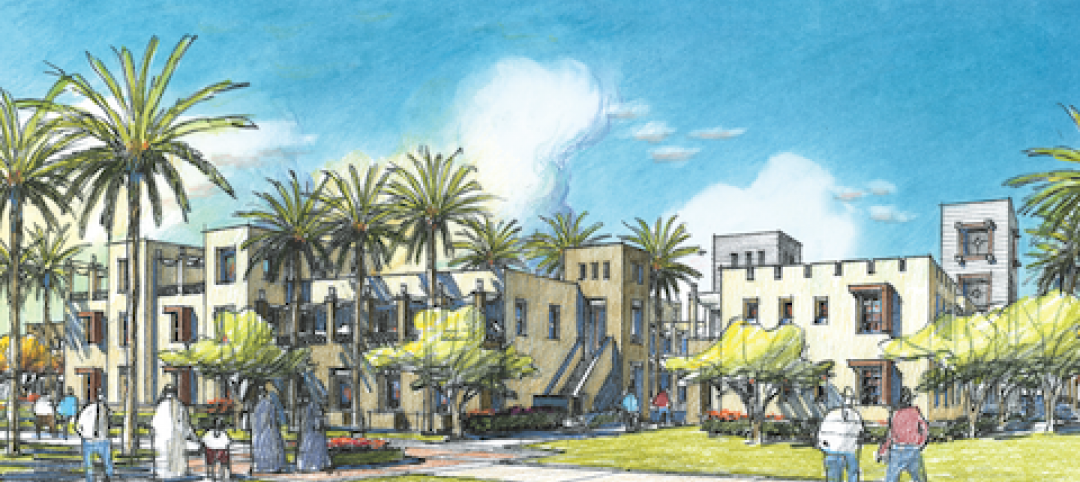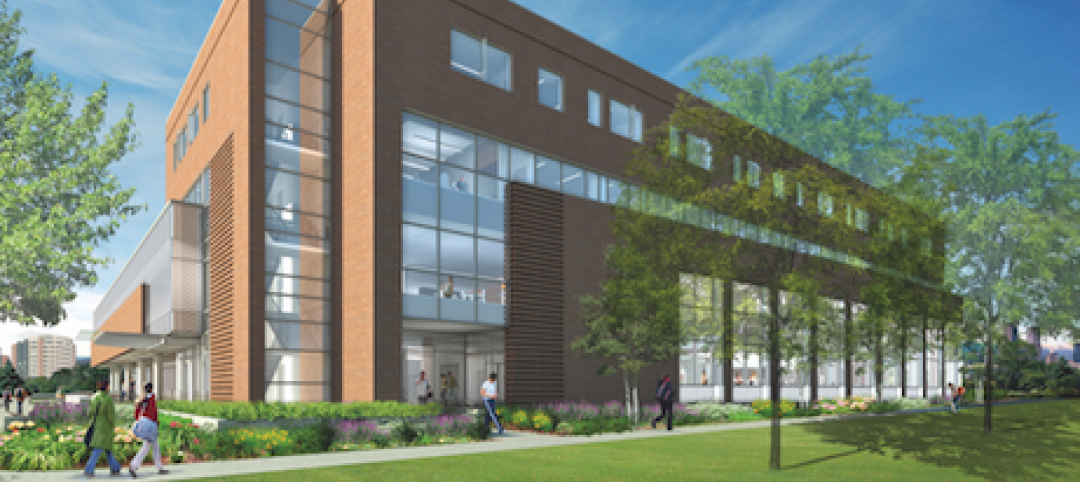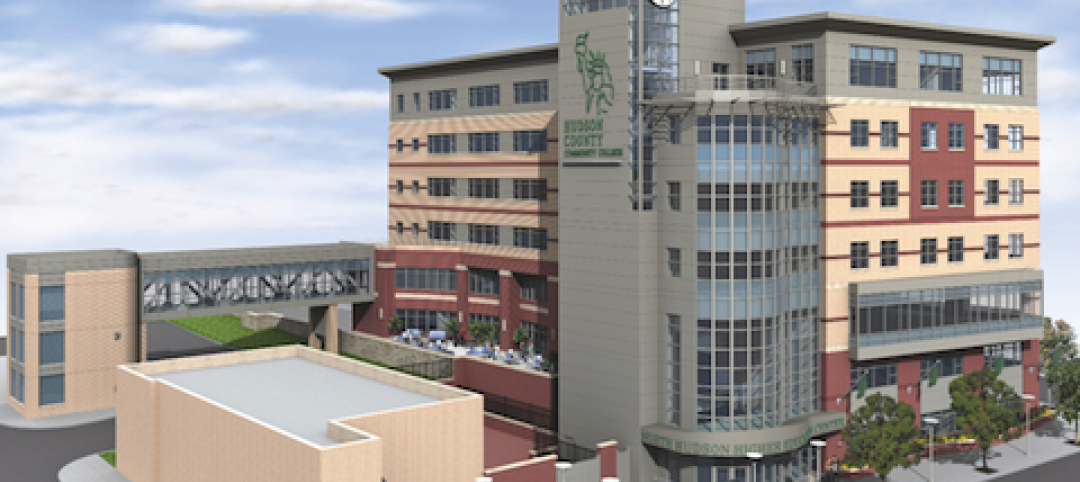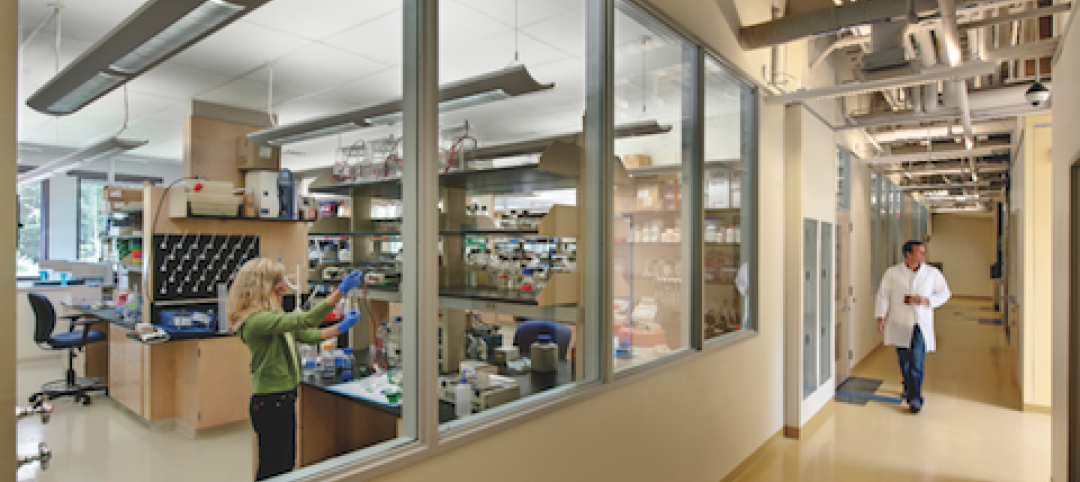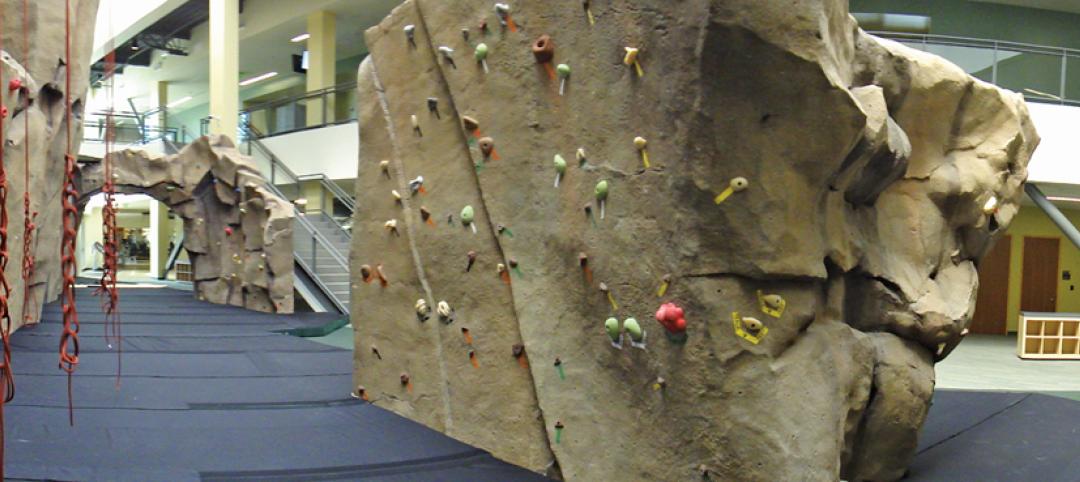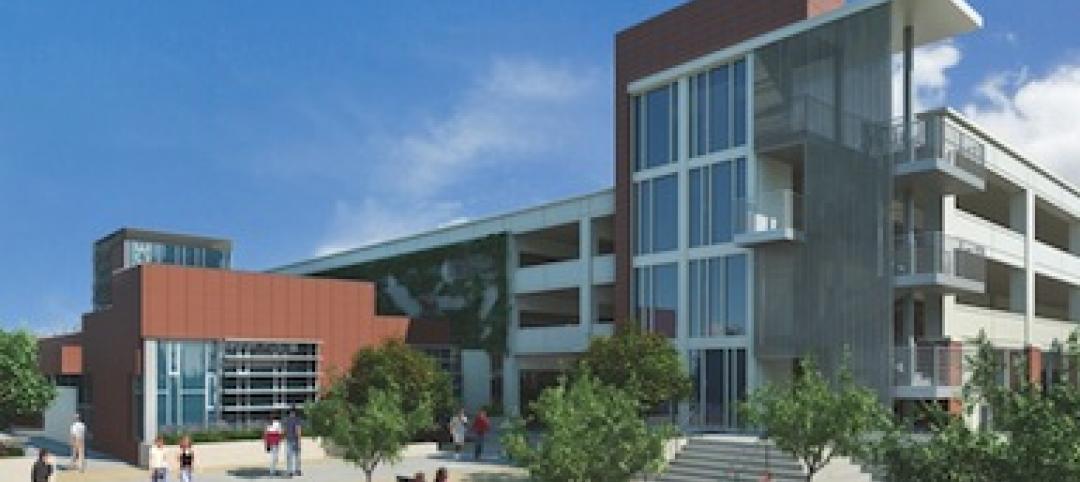In late November, the Alabama Board of Adjustment denied a $1 million lawsuit brought by parents of an Auburn University student who was fatally shot on campus in March 2008. The victim’s father said his main reason for suing the school was to push Auburn to reinstate its campus police department. The university had dissolved its police force in 2004 and contracted with the city’s police department for campus protection.
This case illustrates the potential liability attached to campus public safety programs. Seven years after the mass shootings at Virginia Tech and six years after a similar incident at Northern Illinois University, colleges and universities continue to shake up their emergency communications and response capabilities to shootings and other criminal threats. NIU is now among the many colleges that have systems to transmit alerts to students via email, text, social media, and annunciation systems equipped with sirens.
For more on university security, read BD+C's Special Report: "How security is influencing campus design and construction"
State-mandated alert systems. Many states now mandate that campuses have active, sophisticated alert systems that are immediate and can reach a wide range of people. Within minutes of shots being fired outside Florida State University’s Strozier Library last November, FSU police issued an alert to 40,000 students. It read: “Dangerous Situation! Main Campus—Tallahassee. Seek shelter immediately, away from doors and windows.” Tallahassee police swept in and killed the gunman, who had wounded three people.
Smartphone technology and application software have made transmitting mass alerts simpler. Kristina Anderson, a survivor of the 2007 Virginia Tech shooting spree—a 19-year-old sophomore at the time, she was struck by three bullets—co-developed LiveSafe, a GPS-enabled app that can be used to contact the police via chat, video, and voice. It has been in use at Virginia Commonwealth University, Richmond, since August 2013.
Electronic reader systems with personal PIN codes. These have become fairly common. The ID cards can also be used as debit cards. But what’s becoming a “big deal,” according to security consultant Fred Miehl, Senior Security Consultant, LynStaar Engineering, is a new category called video analytics. This includes cameras that have been programmed to spot unusual movements and send out an immediate alarm, or video imagery that can be linked to images of criminals in police databases. All this technology is in the development phase.
Training and preparedness programs. Many security experts say that training students, faculty, and staff to be alert to potential threats is essential to any public safety program. The University of Pennsylvania conducts more than 200 safety workshops and forums each year for students, faculty, and staff. Since 2012, Bowling Green (Ohio) University has been training its campus community members about their options in an emergency through a program called ALICE—Alert, Lockdown, Inform, Counter, Evacuate.
Mental health intervention. More colleges and universities are bringing mental health and psychology experts into their public safety networks to help identify and assist at-risk students, faculty, and staff before things get out of hand. Shootings, arson, and rape may not be predictable, “but they are preventable,” says Brian Van Brunt, President, National Behavioral Intervention Team Association, and Senior Vice President, National Center for Higher Education Risk Management.
One public policy issue of special concern to academia is the threat to privacy from the proliferation of camera surveillance on campus. In response, the University of Pennsylvania has restricted its surveillance to security and safety matters and may not intrude on private matters. It has established a monitoring panel comprised of students, faculty, and staff to address such questions as where cameras should be placed to protect privacy. Penn staff who monitor camera systems must sign confidentiality agreements and are prohibited from leaking videos of, say, public student intimacy, to social media.
Related Stories
| Oct 13, 2010
Residences bring students, faculty together in the Middle East
A new residence complex is in design for United Arab Emirates University in Al Ain, UAE, near Abu Dhabi. Plans for the 120-acre mixed-use development include 710 clustered townhomes and apartments for students and faculty and common areas for community activities.
| Oct 13, 2010
New health center to focus on education and awareness
Construction is getting pumped up at the new Anschutz Health and Wellness Center at the University of Colorado, Denver. The four-story, 94,000-sf building will focus on healthy lifestyles and disease prevention.
| Oct 13, 2010
Community college plans new campus building
Construction is moving along on Hudson County Community College’s North Hudson Campus Center in Union City, N.J. The seven-story, 92,000-sf building will be the first higher education facility in the city.
| Oct 12, 2010
University of Toledo, Memorial Field House
27th Annual Reconstruction Awards—Silver Award. Memorial Field House, once the lovely Collegiate Gothic (ca. 1933) centerpiece (along with neighboring University Hall) of the University of Toledo campus, took its share of abuse after a new athletic arena made it redundant, in 1976. The ultimate insult occurred when the ROTC used it as a paintball venue.
| Oct 12, 2010
Owen Hall, Michigan State University, East Lansing, Mich.
27th Annual Reconstruction Awards—Silver Award. Officials at Michigan State University’s East Lansing Campus were concerned that Owen Hall, a mid-20th-century residence facility, was no longer attracting much interest from its target audience, graduate and international students.
| Oct 12, 2010
Cell and Genome Sciences Building, Farmington, Conn.
27th Annual Reconstruction Awards—Silver Award. Administrators at the University of Connecticut Health Center in Farmington didn’t think much of the 1970s building they planned to turn into the school’s Cell and Genome Sciences Building. It’s not that the former toxicology research facility was in such terrible shape, but the 117,800-sf structure had almost no windows and its interior was dark and chopped up.
| Oct 12, 2010
Full Steam Ahead for Sustainable Power Plant
An innovative restoration turns a historic but inoperable coal-burning steam plant into a modern, energy-efficient marvel at Duke University.
| Sep 16, 2010
Green recreation/wellness center targets physical, environmental health
The 151,000-sf recreation and wellness center at California State University’s Sacramento campus, called the WELL (for “wellness, education, leisure, lifestyle”), has a fitness center, café, indoor track, gymnasium, racquetball courts, educational and counseling space, the largest rock climbing wall in the CSU system.
| Sep 13, 2010
Community college police, parking structure targets LEED Platinum
The San Diego Community College District's $1.555 billion construction program continues with groundbreaking for a 6,000-sf police substation and an 828-space, four-story parking structure at San Diego Miramar College.
| Sep 13, 2010
Campus housing fosters community connection
A 600,000-sf complex on the University of Washington's Seattle campus will include four residence halls for 1,650 students and a 100-seat cafe, 8,000-sf grocery store, and conference center with 200-seat auditorium for both student and community use.


